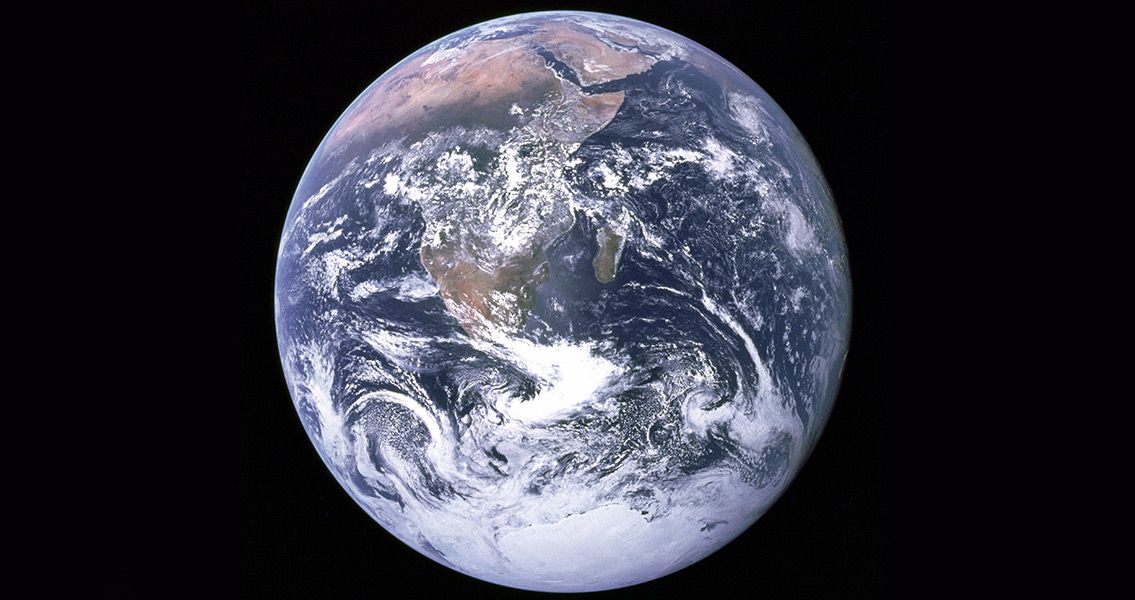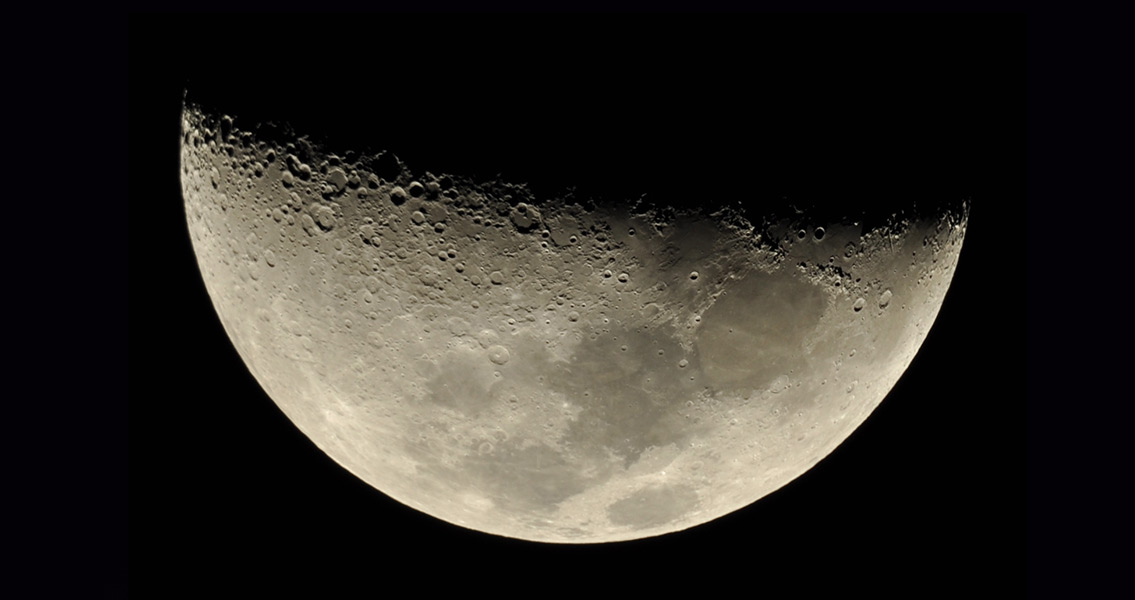3.8-Ga zircon that contains primary graphite inclusions”, states the study. The presence of graphite – pure carbon – is hugely significant. The zircon was completely crack free until the scientists opened it, meaning the carbon could not have come from contamination during another geological process. The distinctive signature of the carbon contained in the zircon, a specific ratio of carbon -13 and carbon 12, is one typically associated with the presence of photosynthetic life, giving an insight into the complexity of the organisms that might have existed over 4 billion years ago. “There is no better case of a primary inclusion in a mineral ever documented, and nobody has offered a plausible alternative explanation for graphite of non-biological origin into a zircon”, Harrison said in the UCLA press release. The ratio of uranium to lead in the zircon told the scientists that the zircon was 4.1 billion years old. The graphite must be older than the zircon itself, but it is impossible to determine exactly how much older. The results of the study, which has been published in the Proceedings of the National Academy of Science, could have far reaching consequences for the understanding not just of the development of life, but the history of the planet in general. It’s traditionally believed that around 4 billion years ago the world was a boiling, molten, hellish place. As Harrison explained in the UCLA press release, this assumption now seems increasingly unlikely, “The planet was probably much more like it is today than previously thought.” For more information: www.pnas.org]]>







